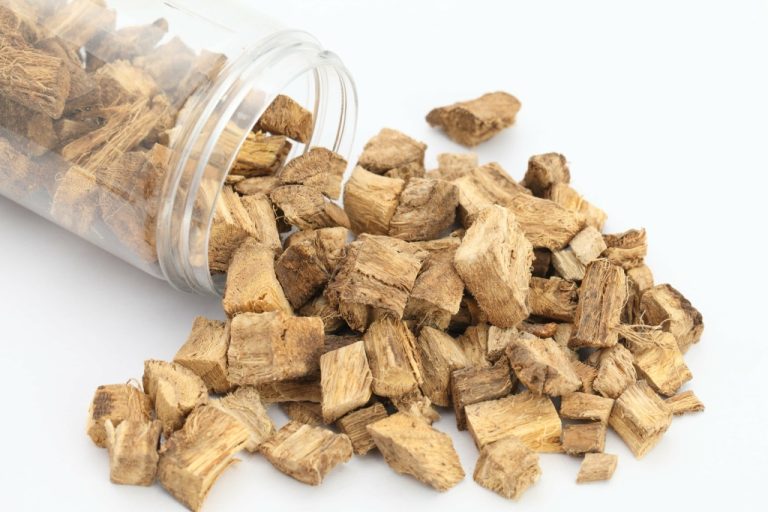If your body is not producing insulin, ketone bodies will begin to build up in your bloodstream. This buildup of ketones can produce a life-threatening condition known as ketoacidosis. Ongoing treatment in an intensive care unit might be necessary, depending on the condition’s severity.
TMS Shows Promise for Alcohol Addiction – Medscape
TMS Shows Promise for Alcohol Addiction.
Posted: Wed, 22 Dec 2021 08:00:00 GMT [source]
Ketones provide some energy to cells but also make the blood too acidic (ketoacidosis). This is why diagnosis and subsequent treatment can sometimes be challenging, but it’s crucial to receive a proper and timely diagnosis to obtain the correct treatment. The patient should have blood glucose checked on the initial presentation. The next important step in the management of AKA is to give isotonic fluid resuscitation.
Pathophysiology of Alcoholic Ketoacidosis
Without insulin, your cells won’t be able to use the glucose you consume for energy. Someone who frequently drinks heavily already has an excessive buildup of ketones in the body. This can quickly become a problem because ketones are highly acidic, and an oversupply https://ecosoberhouse.com/ makes the body too acidic. And these high levels of acidity can lead to several other serious health issues. Take our free, 5-minute alcohol abuse self-assessment below if you think you or someone you love might be struggling with alcohol abuse.

If you’re concerned you might be prone to alcoholic ketoacidosis, you should reduce or eliminate your drinking as soon as possible. And if the idea of cutting down on drinking seems impossible to you, it’s probably time to search for help. Remember that addiction is a medical condition, and there’s no shame in seeking professional help. You don’t need to put yourself at risk for illnesses like alcoholic ketoacidosis and all the problems that come with them. It’s not guaranteed that every person who drinks will experience alcoholic ketoacidosis, and there are no exact figures on the condition’s prevalence.
Individualized, evidence based treatment, to fit your needs.
Strongly consider providing thiamine supplementation to patients with alcohol dependence even without signs of thiamine deficiency. The remainder of the patient’s laboratory evaluation – including liver enzymes, amylase, and lipase – were within normal limits, and methanol, ethylene glycol, salicylate, and digoxin levels were negative. Of note in the table above, the patient’s INR was greater than 11, above the upper limit of the assay, and this was confirmed by repeating the test. AKA is a diagnosis of exclusion, and many other life-threatening alternative or concomitant diagnoses present similarly, and must be ruled out. Failure to make the diagnosis can result in severe metabolic abnormalities, acidosis, and shock.

The evaluation consists of 11 yes or no questions that are intended to be used as an informational tool to assess the severity and probability of an alcohol use disorder. The test is free, confidential, and no personal information is needed to receive the result. Restoration of volume status alcoholic ketoacidosis symptoms and correction of the acidosis may be difficult to accomplish in the emergency department (ED). Assess for clinical signs of thiamine deficiency (Wernicke-Korsakoff syndrome). Specifically look for nystagmus, confusion, ataxia, confabulation, and restriction of extraocular movements.
Addiction Treatment Programs
There was initial concern for acute liver failure until the patient’s hepatic function panel returned and argued against this diagnosis. Warfarin overdose was also considered, although the patient repeatedly denied this and reports he did not have access to his medications. Further, vitamin K administration in our patient resulted in normalization of his INR. Alcoholic ketoacidosis, also known as alcoholic ketosis or metabolic acidosis, is a group of symptoms that occur due to alcohol abuse and typically present themselves after a binge drinking episode.
Decreased insulin and elevated glucagon, cortisol, catecholamine, and growth hormone levels can increase the rate of ketogenesis. During starvation, there is a decrease in insulin secretion and an increase in the production of counter-regulatory hormones such as glucagon, catecholamines, cortisol, and growth hormone. Hormone-sensitive lipase is normally inhibited by insulin, and, when insulin levels fall, lipolysis is up-regulated, causing release of free fatty acids from peripheral adipose tissue.
